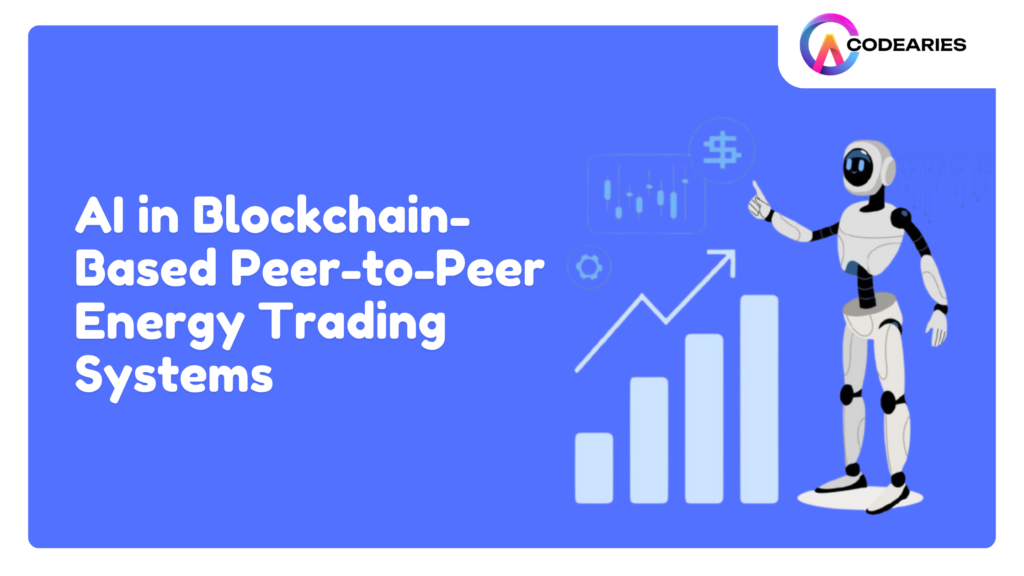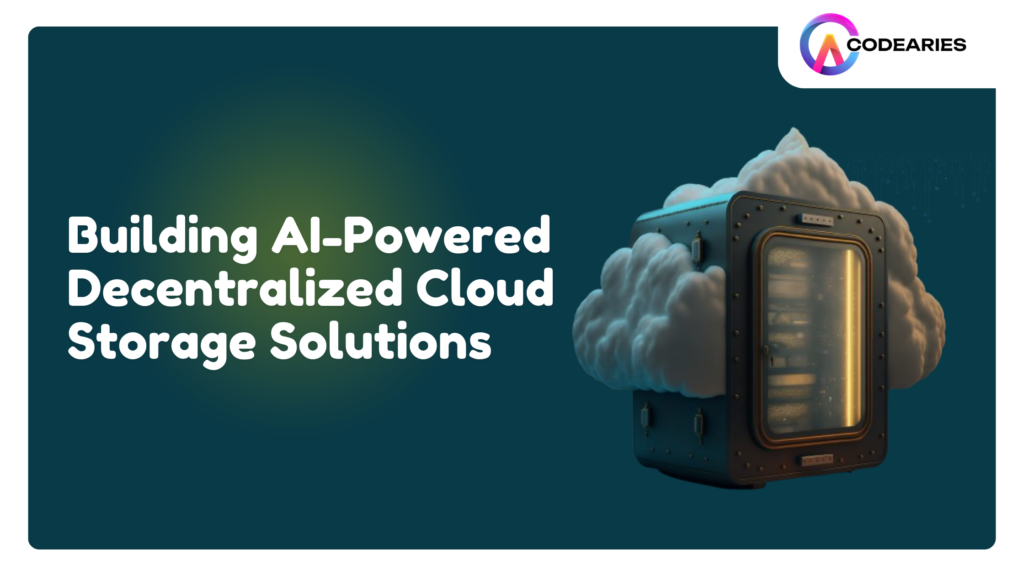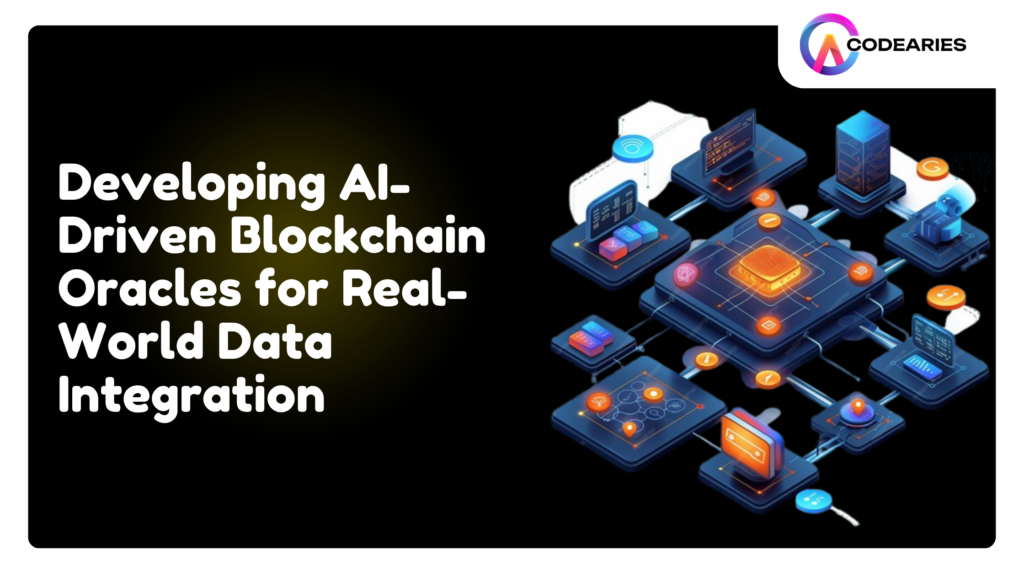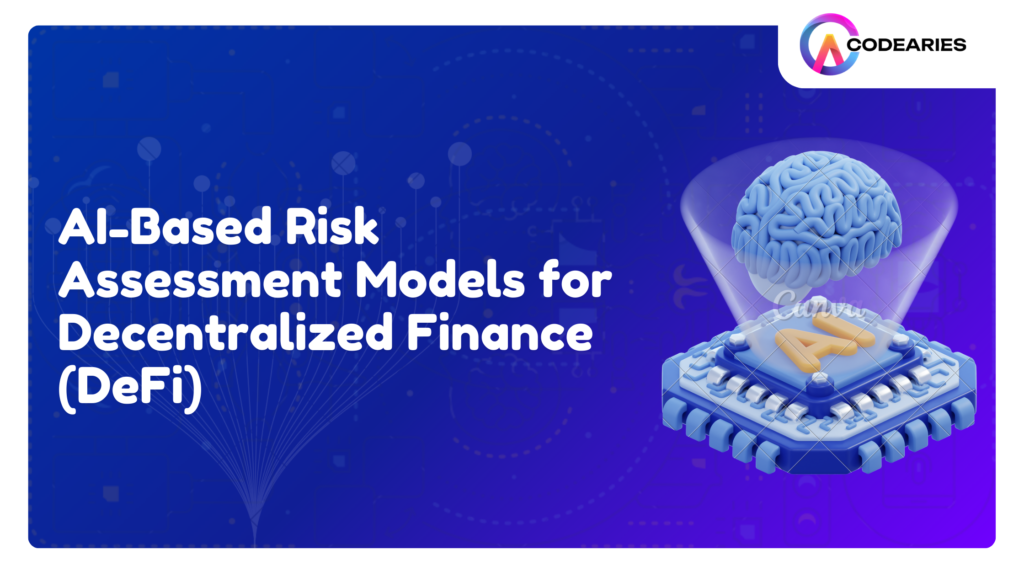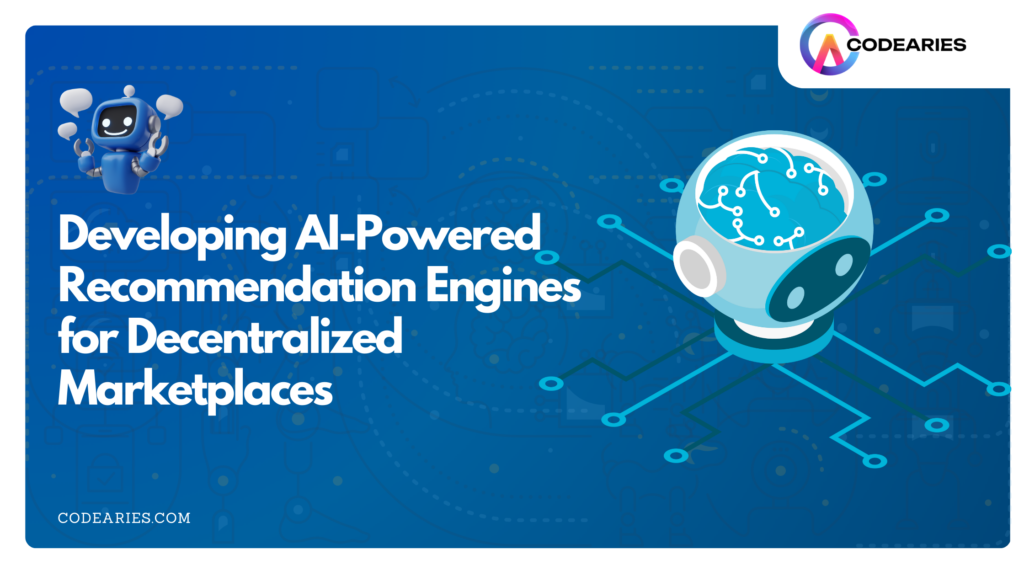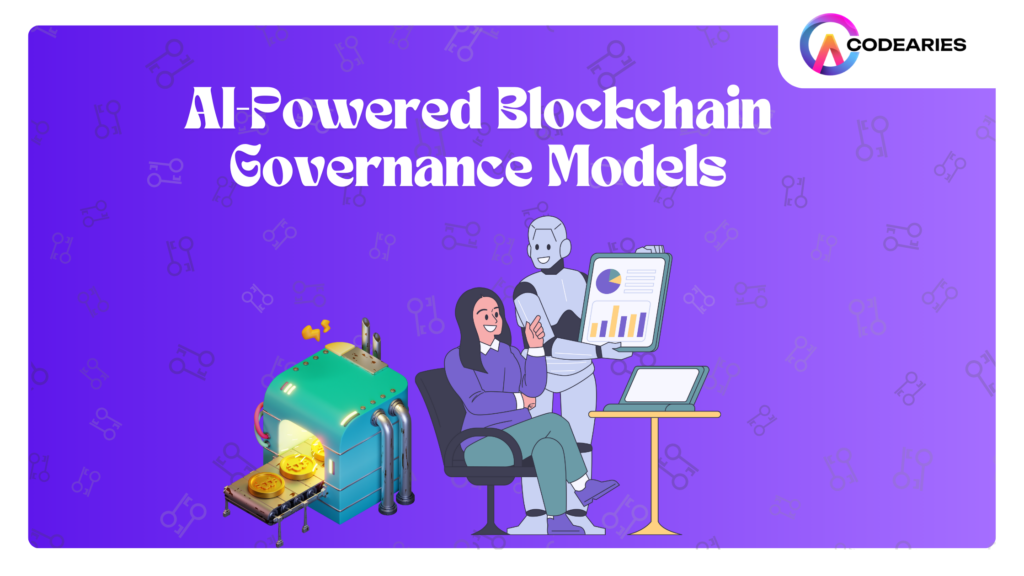AI in Blockchain-Based Peer-to-Peer Energy Trading Systems
The merging of Artificial Intelligence (AI) and blockchain technology is rapidly transforming multiple sectors, with the energy industry poised for a revolutionary shift. In peer-to-peer (P2P) energy trading systems, blockchain serves as a decentralized platform where participants can directly trade energy, while AI optimizes these transactions by leveraging data analytics and automation. Blockchain-based platforms provide secure, efficient, and transparent marketplaces by enabling direct transactions between energy producers and consumers. AI enhances this ecosystem by improving decision-making, market efficiency, and scalability. This article explores how AI and blockchain revolutionise energy trading systems, making them more efficient, sustainable, and resilient. Defining Peer-to-Peer Energy Trading and the Role of AI Peer-to-peer (P2P) energy trading is an innovative and decentralized approach. It allows individuals and small producers to exchange electricity directly, bypassing the need for traditional utility companies. This model fosters a more efficient and democratized energy marketplace, emphasizing sustainability and community-driven energy management. Source Artificial Intelligence (AI) plays a pivotal role in enhancing P2P energy trading by introducing advanced data-driven capabilities: Accurate demand forecasting AI analyzes complex datasets, such as historical consumption patterns, weather forecasts, and real-time behaviour, to predict energy demand with high precision. This ensures producers can optimize their output, avoid energy waste, and maintain a balanced supply. Optimizing energy consumption AI identifies patterns in energy usage and can recommend efficient consumption strategies for users. This reduces energy costs and lightens the load on the grid during peak times, promoting a more resilient system. Dynamic real-time pricing With AI-driven algorithms, energy prices can be dynamically adjusted based on real-time market conditions, ensuring a fair and balanced market that responds to fluctuations in supply and demand. This incentivizes consumers and producers to engage in more efficient energy practices. Facilitating renewable energy integration By predicting renewable energy generation from sources like solar and wind, AI enables smoother integration of these fluctuating resources into the energy mix. It ensures that renewable energy can be utilized effectively, enhancing sustainability and reliability in P2P trading networks. Smart grid management AI enhances the management of smart grids by continuously monitoring energy flows, diagnosing grid inefficiencies, and balancing supply and demand in real-time. This reduces the risk of outages and maximizes grid performance.Overall, AI empowers the P2P energy trading ecosystem by ensuring optimized, intelligent, and sustainable energy flows, transforming the future of decentralized energy markets. Blockchain and AI Enhancing Decentralized Energy Markets Blockchain Advantages Transparency: All transactions are recorded on a public ledger, ensuring explicit tracking of energy sources and trades and boosting trust in decentralized systems. Immutability: Once recorded, transactions cannot be altered, creating a tamper-proof history that prevents fraud and maintains accuracy. Decentralization eliminates the need for intermediaries by allowing direct peer-to-peer energy trading, reducing costs, and enhancing market efficiency. AI Enhancements Predictive Analytics: AI forecasts energy demand weather conditions and optimizes distribution using real-time data, improving grid management. Dynamic Pricing: AI adjusts prices based on current market conditions, ensuring fair pricing and efficient energy use. Grid Optimization: AI identifies and mitigates inefficiencies, improving grid stability and reducing waste. Security and Automation Blockchain Security: Cryptographic techniques ensure transaction security and immutability, while distributed verification enhances resilience against cyberattacks. Smart Contracts: Automate transactions by executing agreements automatically when conditions are met, streamlining trading and cutting out intermediaries. Blockchain and AI revolutionize energy trading by providing transparency, security, efficiency, and automation in decentralized markets. How AI Predicts Energy Demand for Balanced Energy Distribution AI-driven energy demand prediction is a critical tool in managing energy distribution and ensuring the stability of modern power grids. By leveraging vast amounts of data and sophisticated algorithms, AI enables accurate forecasting of energy needs, allowing grid operators to manage generation, distribution, and storage more effectively. Key AI Techniques for Energy Demand Prediction Statistical Forecasting: AI can utilize statistical methods like time series analysis, regression models, and ARIMA (AutoRegressive Integrated Moving Average) to analyze past consumption data and predict future energy demand. Machine Learning: Algorithms such as neural networks, support vector machines, and random forests can learn from historical data, detecting subtle patterns and predicting energy demand with high precision. Deep Learning: Advanced deep learning architectures, such as recurrent neural networks (RNNs) and convolutional neural networks (CNNs), allow for handling large datasets and uncovering complex relationships between multiple variables, from weather trends to economic factors. Key Factors AI Considers in Energy Forecasting Historical Data Patterns: AI analyzes historical energy consumption, identifying daily, weekly, and seasonal cycles, along with special events that may cause fluctuations. Weather Conditions: External factors such as temperature, humidity, and wind speed play a significant role in determining energy demand, particularly for heating, cooling, and renewable energy generation. Economic Indicators: Shifts in economic activity, such as industrial production or retail performance, can directly influence energy consumption levels. Social Factors: Population density, urbanization, and evolving lifestyle habits can alter energy consumption, making these essential inputs in AI models. Dynamic Pricing Models Driven by AI for Fair Energy Markets AI-driven dynamic pricing models are transforming energy markets by providing real-time price adjustments that reflect fluctuations in supply and demand. This approach promotes not only efficiency but also fairness in energy distribution and consumption. The core benefits of AI-driven dynamic pricing models Balancing supply and demand: AI algorithms continuously monitor energy supply and demand, predicting shortfalls or surpluses. Prices are adjusted dynamically, ensuring the energy grid remains balanced and stable, avoiding blackouts or overproduction. Reducing energy waste: By incentivizing consumers to adapt their usage during peak periods through higher pricing, AI-based models help reduce the strain on the grid. This minimizes the need for backup power sources, contributing to more efficient energy usage. Encouraging renewable energy adoption: Dynamic pricing models favour renewable energy by making it more cost-competitive, especially during peak demand times. AI enables better integration of renewables like solar and wind by predicting their output and reflecting these fluctuations in pricing. Fostering a fair market: Dynamic pricing models ensure that energy prices accurately reflect real-time production and consumption costs, creating a more equitable playing field for consumers and producers. This system

